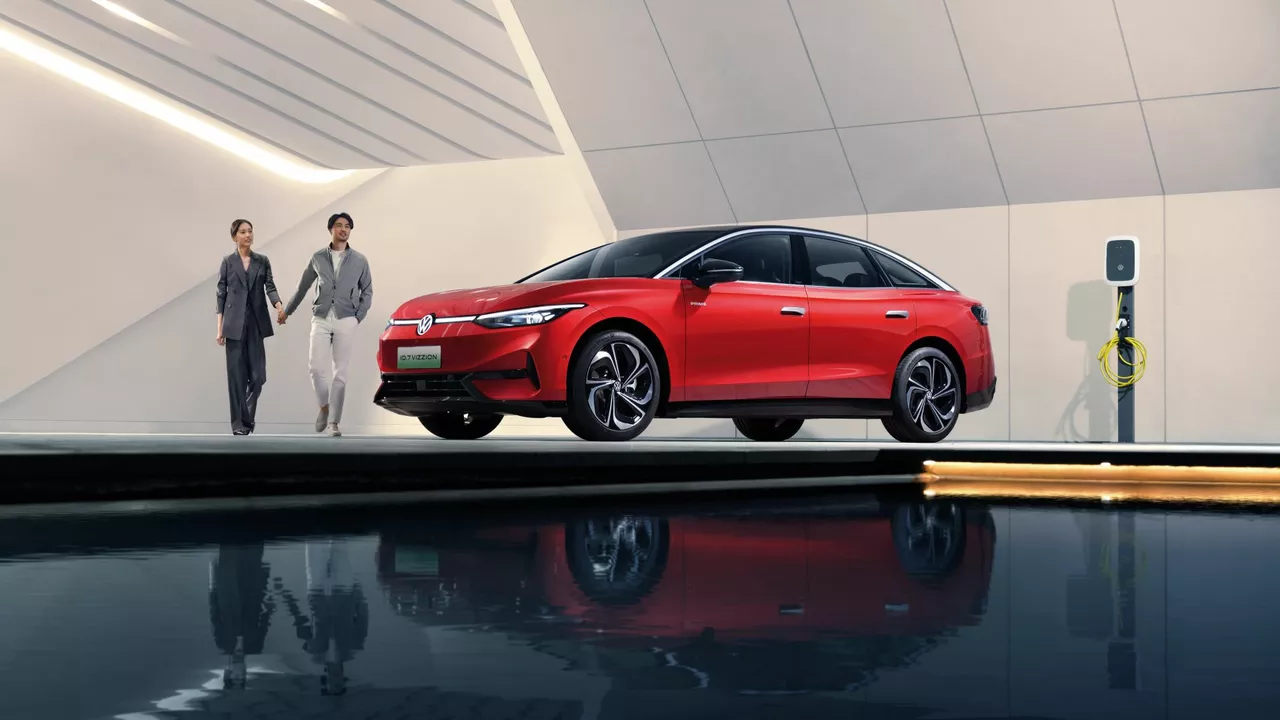Automotive Industry Insights: What’s Hot, What Helps, and What to Watch
Welcome to the fast lane of the automotive industry. Whether you’re hunting for a new ride, figuring out how a credit check works before a test drive, or simply curious about which brands break down the least, you’ve landed in the right spot. In the next few minutes we’ll clear up the common questions that pop up at every dealership and give you a snapshot of the trends that are shifting the market today.
Test Drive Tips You Need
First up, test drives. Most car dealers want to be sure you’re serious about buying, so they often run a quick credit check. It’s not a full loan application – just a way to gauge if you can afford the vehicle. If you’re uncomfortable, ask the dealer to explain what they’re pulling and why. You’ll usually get a 10‑15 mile spin that lasts 20‑30 minutes. That’s enough time to feel the steering response, listen for odd noises, and try out the tech features.
Weather can throw a wrench in the plan. During a storm, many showrooms will pause test drives for safety. A quick phone call the day before can save you an empty lot visit. And if you’re eyeing a super‑luxury brand like Ferrari, brace yourself for stricter rules. Those dealerships typically only allow test drives for serious buyers who can demonstrate financial readiness – think a down payment or pre‑approval in place.
Choosing Reliable Cars
Reliability is the backbone of any smart purchase. Brands like Toyota consistently rank at the top for low maintenance costs and long‑term durability. Honda isn’t far behind, offering a blend of fuel efficiency and dependable performance. If you’re weighing value for money, look beyond the sticker price and check long‑term ownership surveys – they reveal real‑world repair expenses that manufacturers don’t highlight.
Remember the difference between a flashy model and a workhorse. A high‑performance sports car might turn heads, but it often brings higher insurance, fuel, and upkeep costs. If you want excitement without breaking the bank, consider a well‑maintained used model from a reputable brand. Many enthusiasts swear by the reliability of older BMW 3‑Series or Subaru Impreza models, provided they have a clean service history.
Beyond the basics, the industry is buzzing with tech upgrades. Electric and hybrid options are spreading beyond the niche market, and they bring their own reliability metrics – battery health and software updates become part of the ownership experience. Keep an eye on warranty lengths and what the manufacturer covers for the powertrain.
Finally, stay updated on the latest news. Transfers like Alexander Isak’s move from Newcastle to Liverpool stir conversation about player power but also hint at how clubs handle large contracts and sponsorships, indirectly influencing car brand partnerships and promotional events. Big sporting events often launch limited‑edition models, so a news‑savvy buyer can snag a unique car at a better price.
In short, the automotive industry isn’t just about speed and shine. It’s a mix of practical steps – credit checks, test drive logistics, reliability research – and staying aware of market shifts. Use these tips on your next dealership visit, and you’ll drive away with confidence, not confusion.
How many car brands does volkswagen own?
As a car enthusiast, I've always been curious about how many car brands Volkswagen actually owns. After doing some research, I discovered that the Volkswagen Group currently owns a total of 12 car brands. These brands include Volkswagen, Audi, SEAT, ŠKODA, Bentley, Bugatti, Lamborghini, Porsche, Ducati, Volkswagen Commercial Vehicles, Scania, and MAN. It's fascinating to see how this automotive giant has expanded its portfolio over the years to cater to different markets and customer preferences. This just goes to show the impressive influence and reach the Volkswagen Group has within the global automotive industry.
